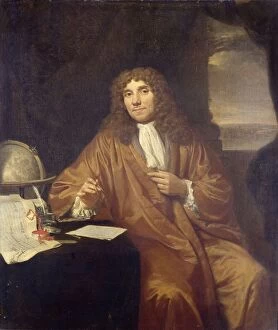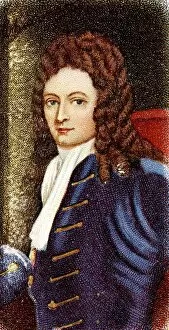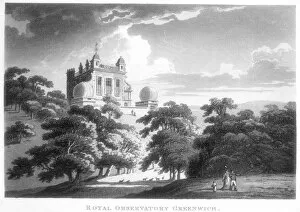"1632-1723: Exploring the World through Microscopy and Architecture" Step into the world of 17th and 18th-century pioneers who revolutionized our understanding of nature and architecture. Among them, Anthonie van Leeuwenhoek, a renowned natural philosopher, whose portrait captures his inquisitive spirit. Born in 1632 and passing away in 1723, Leeuwenhoek's works continue to inspire scientists today. Leeuwenhoek's microscopic images unveiled hidden wonders like flea larvae, revealing the intricate complexities of Arcana naturae. His observations even extended to animalcules such as sperm, unveiling their mysteries for future generations. Another luminary from this era was Christopher Wren (1632-1723), an English architect, mathematician, and physicist. St. Paul's Cathedral stands tall as one of his remarkable creations; its grandeur depicted in a grey wash painting from around 1795. Intriguingly enough, both Leeuwenhoek and Wren shared the same lifespan but pursued vastly different fields. While Leeuwenhoek delved into the microscopic realm with his pioneering microscopes, Wren left an indelible mark on London's skyline with his architectural marvels. Flamsteed House at Greenwich Park also played a significant role during this period as it housed the Royal Greenwich Observatory. This esteemed institution served as a hub for astronomical research throughout these years. As we reflect upon these historical figures' legacies - Antoni van Leeuwenhoek (1632-1723) and Christopher Wren (1632-1723) - we witness their enduring impact on science and art alike. Their contributions paved new paths for exploration while leaving behind awe-inspiring structures that stand as testaments to human ingenuity.










